Home>Home Maintenance>When Grading A Landscape Site Around A House, What Pattern Of Drainage Should Be Maintained
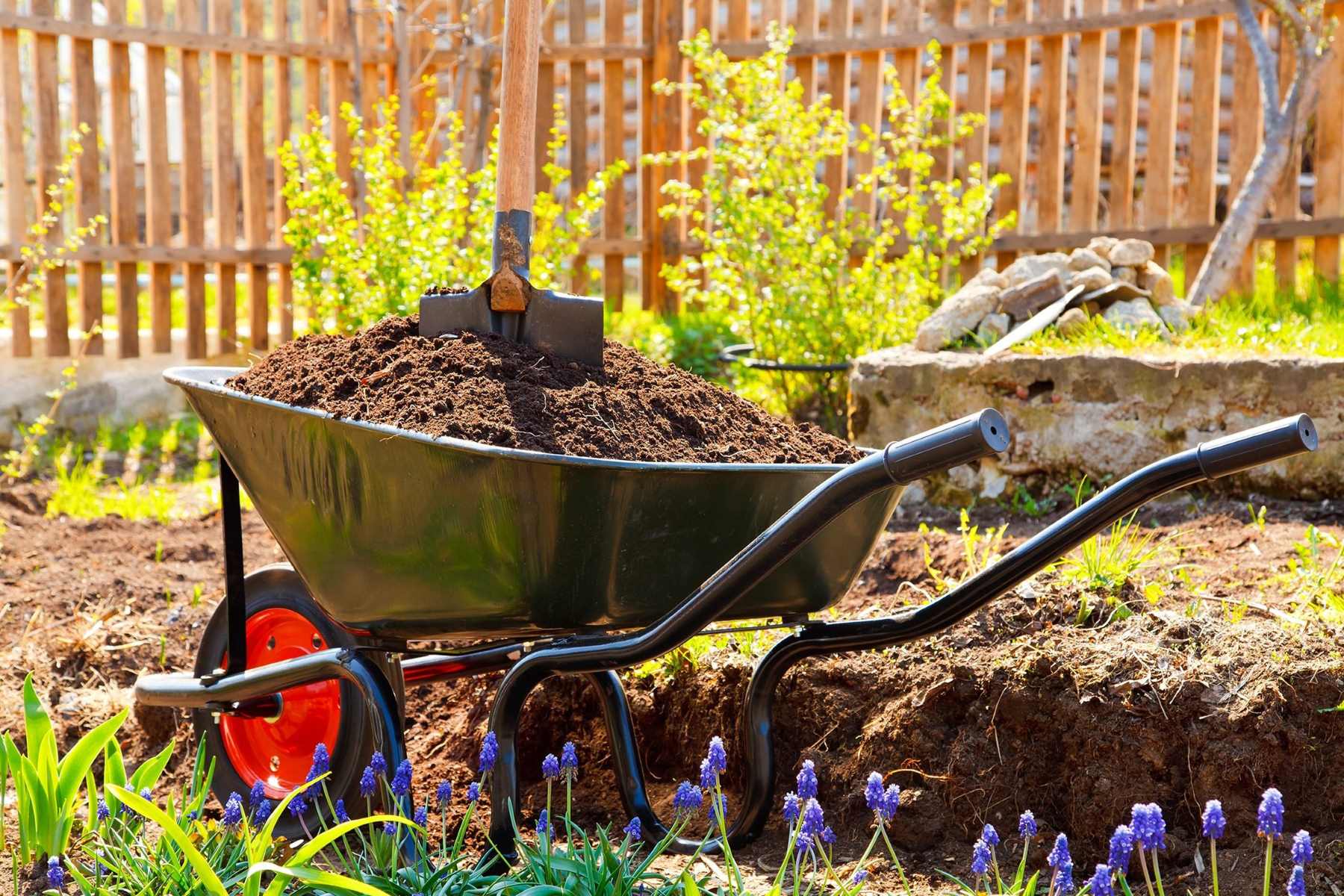

Home Maintenance
When Grading A Landscape Site Around A House, What Pattern Of Drainage Should Be Maintained
Modified: March 7, 2024
Learn the importance of maintaining proper drainage when grading the landscape around your home. Discover the ideal patterns for effective home maintenance.
(Many of the links in this article redirect to a specific reviewed product. Your purchase of these products through affiliate links helps to generate commission for Storables.com, at no extra cost. Learn more)
Introduction
Proper drainage is a crucial aspect of maintaining a healthy and functional landscape around your home. Without adequate drainage, your property can face a multitude of problems, including water damage, erosion, and even foundation issues. So, when grading a landscape site around your house, it is essential to establish the correct pattern for achieving effective drainage.
Maintaining proper drainage not only protects your home but also preserves the health and longevity of your plants and vegetation. By directing excess water away from your house and evenly distributing it throughout your landscape, you can prevent waterlogging, soil erosion, and the formation of stagnant pools.
In this article, we will delve into the importance of establishing a proper drainage pattern while grading a landscape site around a house. We will explore the factors to consider, the various types of drainage patterns, tips for maintaining proper drainage, and common mistakes to avoid. By the end of this article, you will have a comprehensive understanding of how to create an effective drainage system for your home’s landscape.
So, let’s dive in and discover the key elements of maintaining a well-drained landscape around your house!
Key Takeaways:
- Proper drainage around your home is crucial for preventing water damage, preserving soil health, and maintaining a beautiful landscape. By considering factors like slope and soil composition, you can create an effective drainage system.
- Regular maintenance, such as clearing debris, inspecting gutters, and monitoring soil moisture, is essential for ensuring your drainage system remains functional. Avoid common mistakes like improper grading and neglecting surface drainage features to protect your home from potential water damage.
Read more: What Is Grading In Landscaping
Importance of Proper Drainage
Establishing proper drainage around your home is crucial for several reasons. Let’s explore the key reasons why maintaining good drainage is essential:
1. Prevents Water Damage: One of the primary reasons to maintain proper drainage is to prevent water damage. Excess water can seep into your home’s foundation, causing cracks, leaks, and structural damage. It can also infiltrate basements or crawl spaces, leading to mold growth and compromising the structural integrity of your home.
2. Maintains Soil Health: Effective drainage helps in maintaining the health of the soil in your landscape. Excess moisture can lead to waterlogging, which hampers root growth and causes plants to wilt or die. By ensuring proper drainage, you allow oxygen to reach the roots and maintain a healthy balance of moisture in the soil, promoting the growth of plants and vegetation.
3. Prevents Erosion: Without proper drainage, water can erode the soil, especially on slopes or uneven terrain. Erosion can wash away valuable topsoil, exposing plant roots, and impacting the stability of your landscape. By establishing appropriate drainage, you can minimize the risk of erosion and maintain the integrity of your property.
4. Controls Moisture Levels: A well-drained landscape helps to regulate moisture levels. Excessive water retention can lead to fungal diseases and root rot, while inadequate moisture can cause drought stress. By implementing an appropriate drainage system, you can control the moisture levels in your landscape, ensuring optimal conditions for plant growth.
5. Enhances Aesthetic Appeal: Proper drainage not only protects your home and plants but also enhances the overall aesthetic appeal of your landscape. When water is distributed evenly and efficiently, you can avoid the formation of unsightly puddles and soggy areas. This, in turn, creates a visually pleasing environment that you can enjoy and show off to others.
In summary, maintaining proper drainage is vital for preventing water damage, preserving soil health, preventing erosion, controlling moisture levels, and enhancing the aesthetic appeal of your landscape. By understanding the importance of proper drainage, you can take the necessary steps to ensure a healthy, functional, and beautiful outdoor space.
Factors to Consider
When it comes to establishing the proper drainage pattern around your house, several factors need to be considered. Let’s explore the key factors that will help you create an effective drainage system:
1. Slope and Grade: The slope and grade of your landscape play a crucial role in determining the drainage pattern. Generally, the land around your house should slope away from the foundation to allow water to flow away from the house. A minimum slope of 0.5% is recommended for adequate drainage. It is essential to assess the existing slope and make necessary adjustments during grading to ensure water flows in the desired direction.
2. Soil Composition: The type and composition of the soil on your property have a significant impact on drainage. Different soils have varying levels of permeability, which determines how quickly water can be absorbed or drained. Clay soils tend to drain slowly and can become compacted, while sandy soils drain more quickly. Understanding the soil composition will help you determine the appropriate drainage pattern and measures required for efficient water management.
3. Rainfall Patterns: The amount and frequency of rainfall in your region should be taken into account when establishing the drainage pattern. If you live in an area with heavy rainfall or periodic storms, you may need to design a drainage system that can handle large volumes of water. Adequate surface drainage and the use of additional drainage features such as swales, French drains, or catch basins may be necessary to manage excess water effectively.
4. Existing Landscape Features: Consider the existing landscape features such as trees, shrubs, gardens, and pathways when planning the drainage pattern. These features may affect the flow of water, and you’ll need to ensure that the drainage system does not disrupt their health or integrity. It is essential to design the drainage pattern around these features to avoid any drainage-related issues in the future.
5. Local Regulations and Permits: Before altering the grade or implementing any drainage measures, it is crucial to check local regulations and obtain necessary permits. Some areas have specific guidelines or restrictions on grading and drainage practices to prevent erosion or water runoff issues. Ensure compliance with local laws to avoid any legal complications or penalties.
By taking into consideration factors such as slope and grade, soil composition, rainfall patterns, existing landscape features, and local regulations, you can develop an effective drainage plan that addresses the unique characteristics of your property. Consulting with a professional landscaper or drainage expert can help you make informed decisions and ensure a successful drainage system.
Types of Drainage Patterns
When grading a landscape site around your house, there are several drainage patterns to consider. Each pattern has its own advantages and is suitable for different situations. Let’s explore some common types of drainage patterns:
1. Slope Drainage: Slope drainage, also known as surface drainage, is the most basic form of drainage. It involves grading the land to create a gentle slope away from your house. This allows water to flow naturally downhill and away from the foundation. Slope drainage is effective for areas with a significant slope or where water runoff is easily directed away.
2. Swales: Swales are shallow ditches or depressions in the ground that are designed to redirect water. They can be used to channel water away from your house or to direct it towards specific areas of your landscape that require more moisture. Swales are particularly useful for managing water runoff on flat or low-lying areas.
3. French Drains: French drains are subsurface drainage systems designed to collect and redirect excess water. They consist of a trench filled with gravel or perforated pipes that allow water to flow through. French drains are effective in areas with poor soil drainage or where water tends to collect. They help to channel water away from your house, protecting the foundation from water damage.
4. Catch Basins: Catch basins, also known as storm drains, are drainage inlets that collect water from surfaces such as driveways, patios, and walkways. They are connected to underground pipes that carry water away from your property. Catch basins are often installed in areas where water runoff is concentrated, effectively preventing pooling and water damage.
5. Rain Gardens: Rain gardens are designed to mimic the natural process of filtering and absorbing rainfall. They are shallow depressions or landscaped areas that capture and infiltrate rainwater. Rain gardens are particularly effective for reducing stormwater runoff, improving soil health, and providing habitat for beneficial insects and pollinators.
6. Retaining Walls: Retaining walls are structures built to hold back soil and create level areas on slopes. They can help control erosion and manage water runoff by diverting water along a specific path. Retaining walls can also be integrated with drainage pipes to effectively manage excess water.
It’s important to assess your specific landscape, soil conditions, and drainage needs to determine the most suitable drainage pattern. In some cases, a combination of different drainage techniques may be necessary to achieve optimal results. Consult with a professional landscaper or contractor to help you choose the right drainage pattern for your property.
Remember, proper installation and regular maintenance are critical for ensuring the effectiveness of any drainage pattern. By implementing the appropriate drainage system, you can effectively manage water runoff and protect your home and landscape from potential damage.
Ensure that the landscape slopes away from the house to prevent water from pooling near the foundation. This will help to maintain proper drainage and prevent water damage to the house.
Maintaining Proper Drainage around a House
Establishing the right drainage pattern is just the first step in maintaining proper drainage around your house. Regular maintenance is essential to ensure that your drainage system remains functional and effective. Here are some key tips for maintaining proper drainage:
1. Clear Debris and Obstructions: Regularly remove leaves, twigs, and other debris that may accumulate in gutters, downspouts, and drainage channels. This debris can clog the drainage system and hinder water flow, leading to pooling and potential damage. Ensure that all drainage pathways are clear and free from obstructions.
2. Inspect and Repair Gutters and Downspouts: Check your gutters and downspouts regularly for any leaks, cracks, or blockages. Make sure that water is being effectively channeled away from your house. Repair or replace damaged gutters and downspouts to prevent water from overflowing or pooling near the foundation.
3. Maintain Proper Grading: Over time, the grading around your house may become uneven due to soil settling or erosion. Regularly assess the slope and grade of your landscape and adjust as necessary to maintain proper drainage away from your house. Ensure that the land slopes away from the foundation to prevent water from pooling around your home.
4. Monitor Soil Moisture Levels: Pay attention to the moisture levels in your soil, particularly after heavy rainfall or prolonged periods of rain. Too much moisture can indicate poor drainage and potential issues. Use a soil moisture meter or simply inspect the soil by feeling it to determine if it is saturated. If necessary, consider implementing additional drainage measures, such as French drains or swales, to address any moisture-related concerns.
5. Monitor and Adjust Irrigation Practices: Proper irrigation also plays a role in maintaining proper drainage. Avoid overwatering, as excessive moisture can lead to waterlogged soil and poor drainage. Adjust your irrigation system as needed to ensure that water is evenly distributed throughout your landscape without creating waterlogged areas.
6. Address Landscape Changes: Any changes or additions to your landscape, such as planting new trees or shrubs, should be carefully considered in relation to the existing drainage pattern. Ensure that these changes do not disrupt the flow of water or impede drainage channels. Proper spacing and placement of plants will help maintain a healthy balance between aesthetics and functionality.
7. Consult Professionals: If you encounter persistent drainage issues or are unsure about how to address specific concerns, consider consulting with a professional landscaper or drainage expert. They can provide valuable insights and guidance tailored to your specific property.
By following these maintenance tips, you can ensure that your drainage system remains in good working order. Regular inspections and proactive measures will help prevent potential drainage problems, protect your home from water damage, and maintain a healthy landscape.
Common Mistakes to Avoid
When it comes to maintaining proper drainage around your house, there are several common mistakes that homeowners often make. These mistakes can compromise the effectiveness of the drainage system and lead to potential problems. Here are some common mistakes to avoid:
1. Improper Slope and Grading: One of the most critical mistakes is failing to establish the correct slope and grading around your house. Incorrect slope and grading can result in water pooling near the foundation, leading to potential water damage and foundation issues. Ensure that the land slopes away from your house to direct water away from the foundation.
2. Neglecting Gutters and Downspouts: Neglecting the maintenance of gutters and downspouts is a common mistake. Clogged or damaged gutters and downspouts can cause water to overflow or spill near the foundation, defeating the purpose of proper drainage. Regularly inspect and clean gutters and downspouts to ensure that water is effectively channeled away from your house.
3. Lack of Surface Drainage Features: Another mistake is not implementing surface drainage features such as swales or catch basins. These features help to direct water flow and prevent water runoff from causing damage. Failure to incorporate these features can result in water pooling, erosion, and other drainage-related issues.
4. Inadequate Addressing of Low-Lying Areas: Failing to address low-lying areas in your landscape can lead to stagnant water and poor drainage. These areas tend to collect water, resulting in waterlogged soil and potential damage to plants. Implement appropriate drainage techniques such as French drains or rain gardens in low-lying areas to address drainage concerns effectively.
5. Overlooking Soil Preparation: Proper soil preparation is crucial for maintaining proper drainage. Neglecting to address soil compaction or poor soil quality can hinder water absorption and drainage. Before planting or landscaping, ensure that the soil is well aerated and amended, allowing for optimal water infiltration and drainage.
6. Ignoring Rainfall Patterns: Many homeowners overlook the importance of considering local rainfall patterns when designing drainage systems. Failing to account for periods of heavy rainfall can lead to overwhelmed drainage systems and water pooling on your property. Understand the typical rainfall in your area and design your drainage system accordingly.
7. Not Seeking Professional Help: Trying to tackle complex drainage issues without professional guidance is a common mistake. It’s essential to seek the help of a professional landscaper or drainage expert when faced with persistent drainage problems or unsure about proper drainage techniques. They can provide valuable insights, expertise, and solutions tailored to your specific needs.
By avoiding these common mistakes, you can ensure that your drainage system functions effectively, protecting your home from water damage and maintaining a healthy landscape. Taking the time to establish proper drainage and address any issues promptly will save you time, money, and potential headaches in the long run.
Conclusion
Maintaining proper drainage around your house is essential for protecting your home, preserving soil health, preventing erosion, and ensuring the overall functionality and beauty of your landscape. By establishing the right drainage pattern, considering factors such as slope, soil composition, and rainfall patterns, you can create an effective drainage system that efficiently directs water away from your house.
Remember to regularly maintain your drainage system by clearing debris, inspecting gutters and downspouts, and monitoring soil moisture levels. Addressing any issues promptly and seeking professional help when needed will help ensure that your drainage system remains in good working order.
Avoid common mistakes such as improper slope and grading, neglecting gutters and downspouts, and overlooking the importance of surface drainage features. By addressing these mistakes, you can avoid potential water damage, erosion, and drainage-related problems.
Proper drainage not only protects your home but also enhances the health and longevity of your plants and vegetation. By maintaining a well-drained landscape, you create an environment where plants can thrive and contribute to the overall beauty of your outdoor space.
In conclusion, maintaining proper drainage around your house is a vital aspect of home maintenance. By understanding the importance of proper drainage, considering relevant factors, implementing appropriate drainage patterns, and avoiding common mistakes, you can effectively manage water runoff, protect your home, and create a healthy and visually appealing landscape.
Investing time and effort into establishing and maintaining proper drainage now will pay off in the long run, ensuring the longevity, health, and beauty of your home and landscape. So, take the necessary steps to create an effective drainage system and enjoy the benefits of a well-drained outdoor environment for years to come.
Frequently Asked Questions about When Grading A Landscape Site Around A House, What Pattern Of Drainage Should Be Maintained
Was this page helpful?
At Storables.com, we guarantee accurate and reliable information. Our content, validated by Expert Board Contributors, is crafted following stringent Editorial Policies. We're committed to providing you with well-researched, expert-backed insights for all your informational needs.
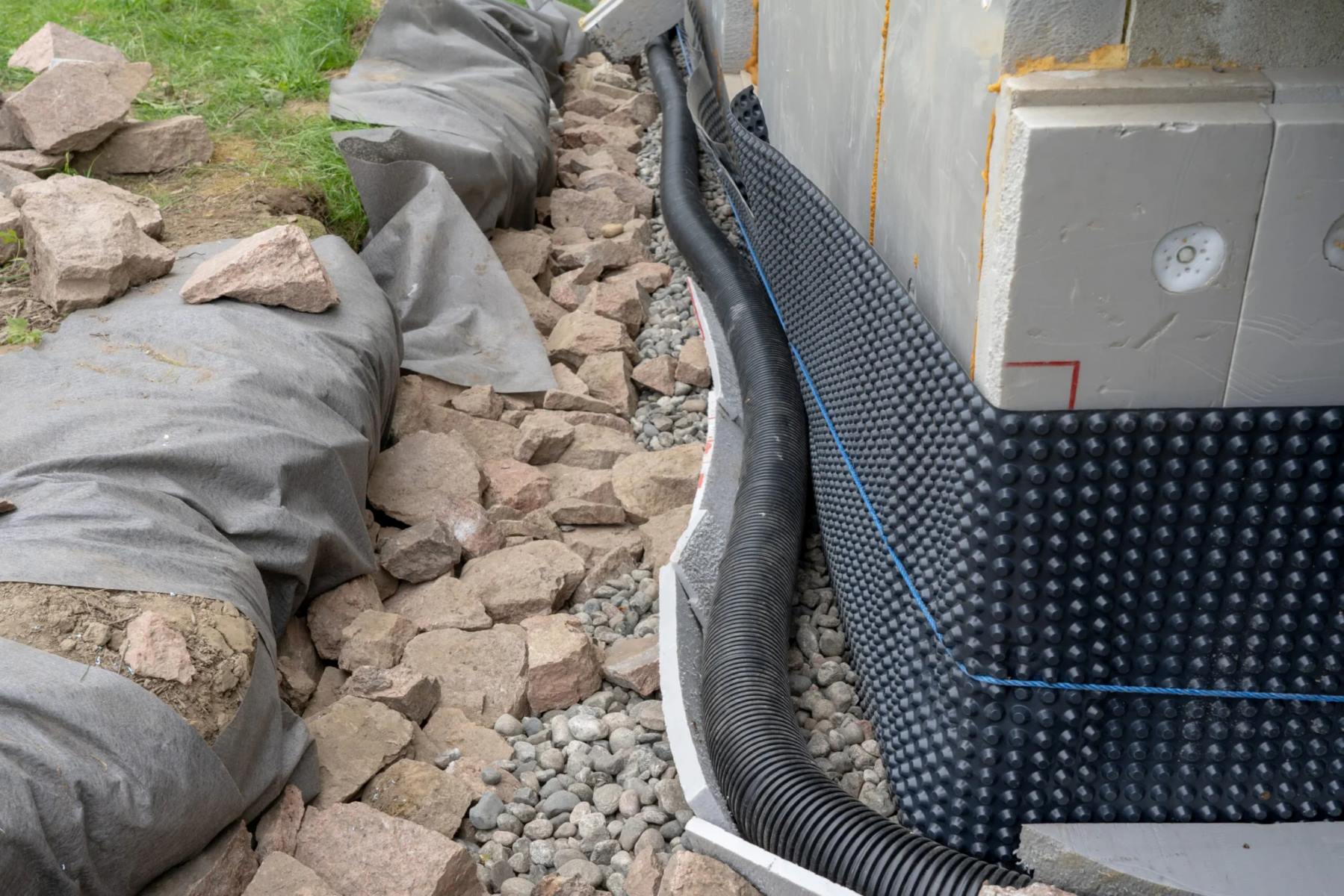
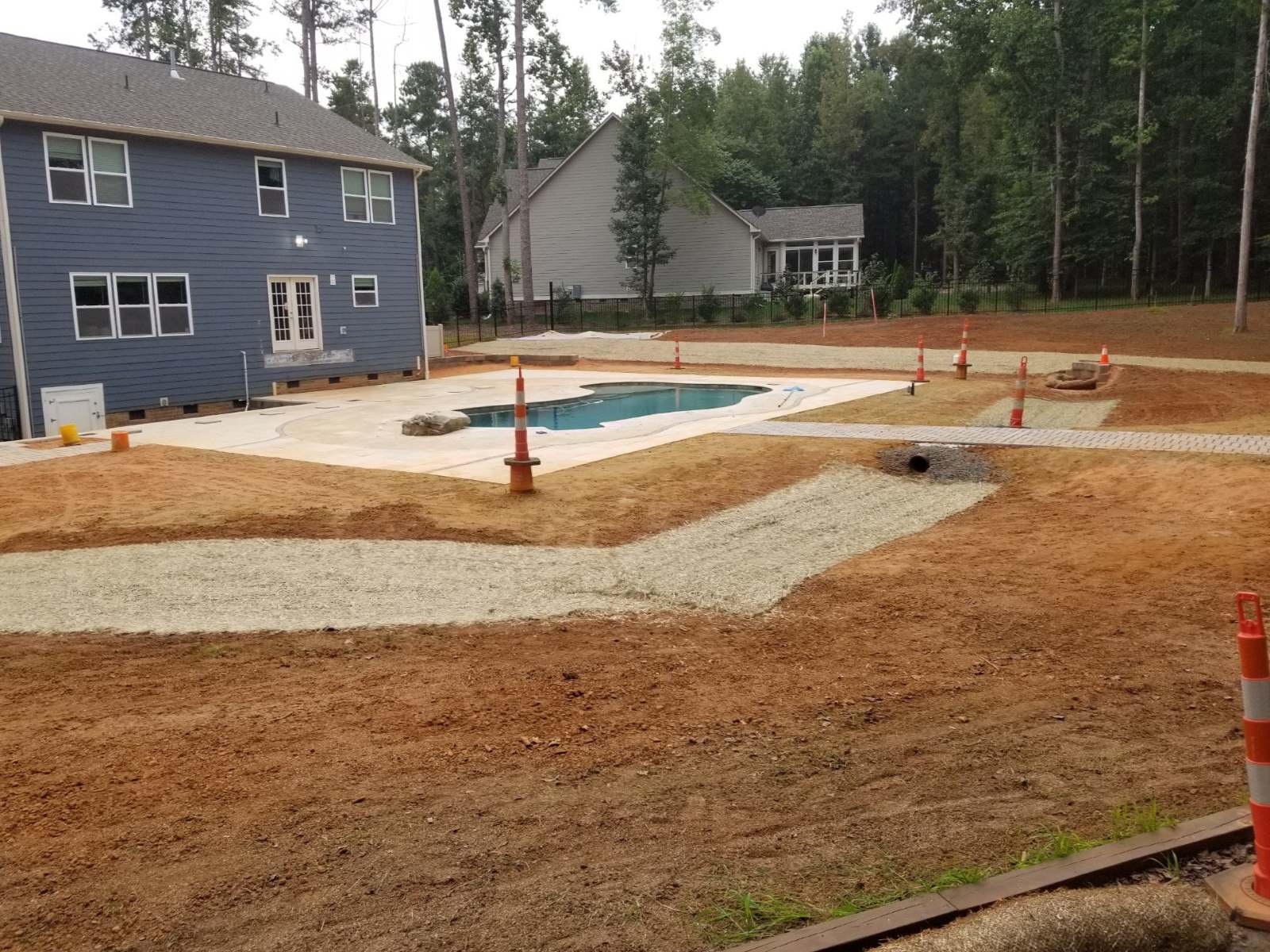
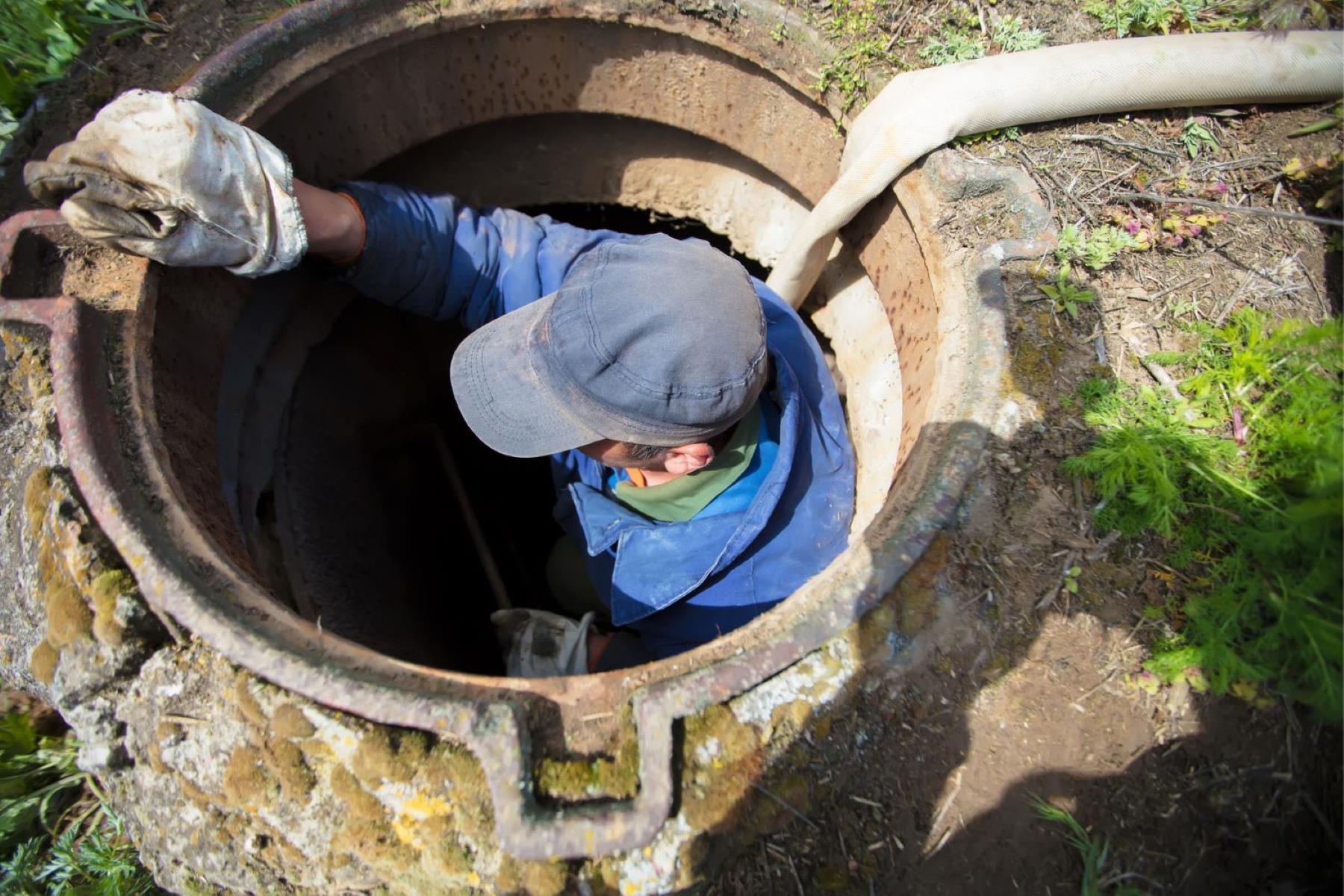
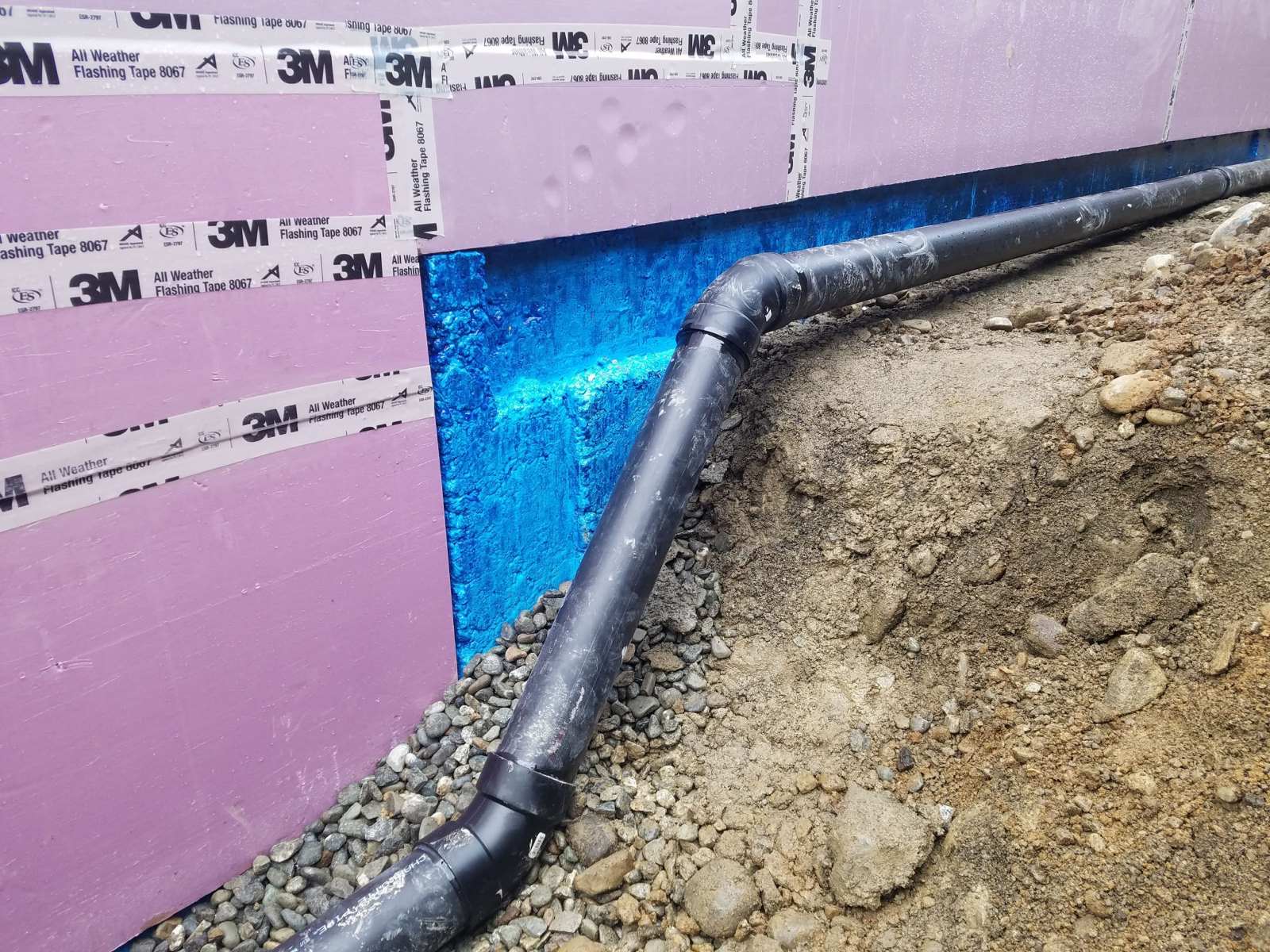
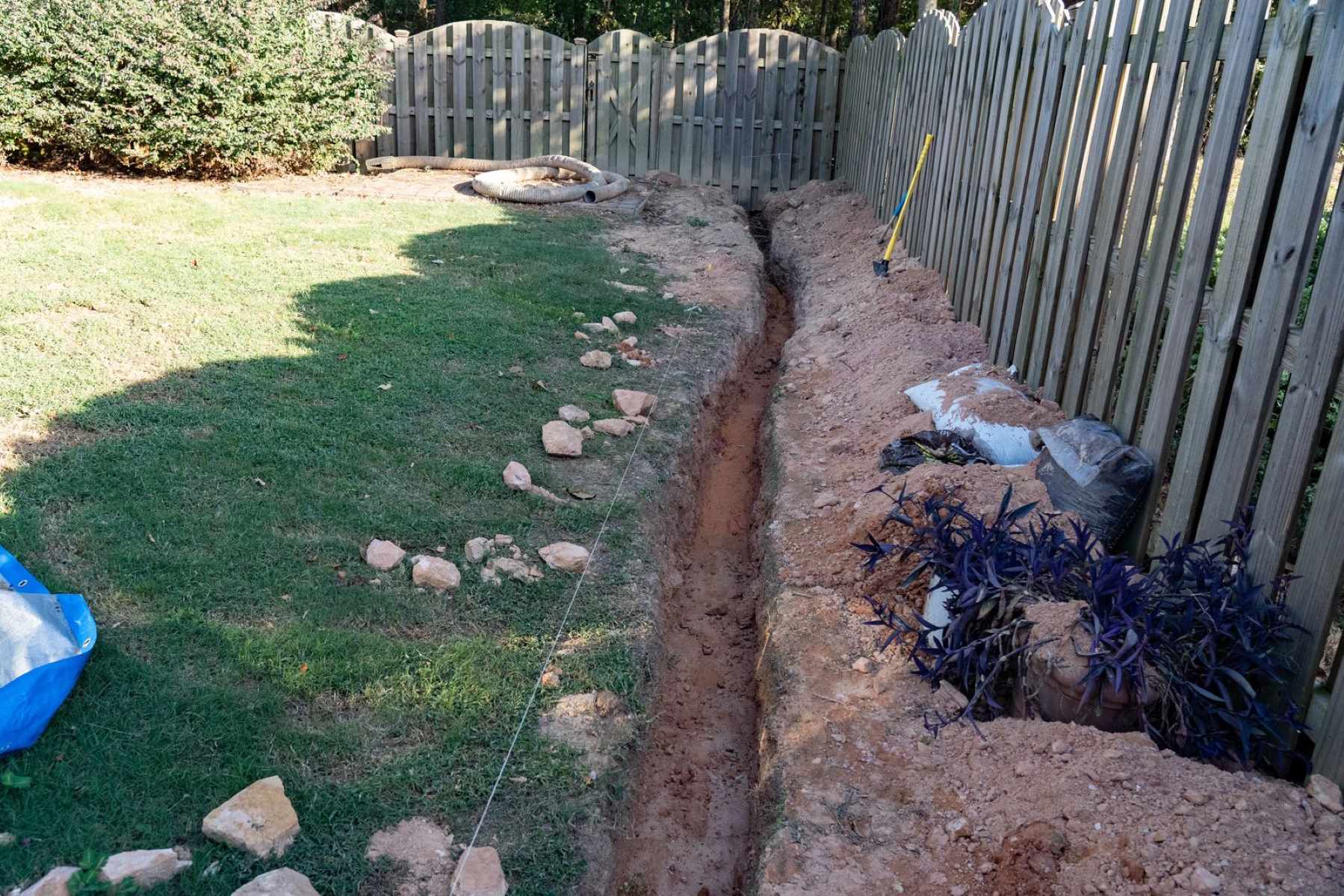

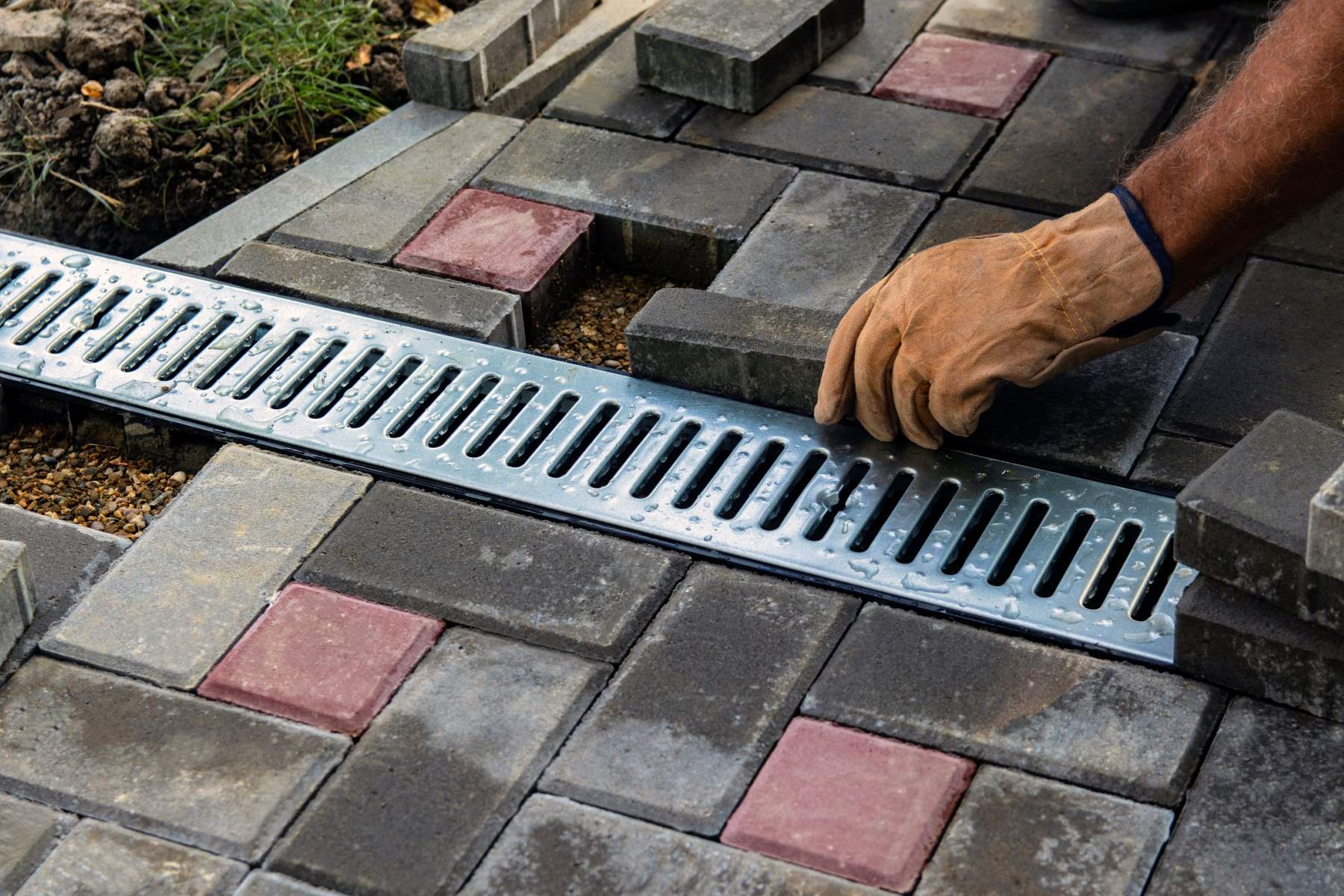
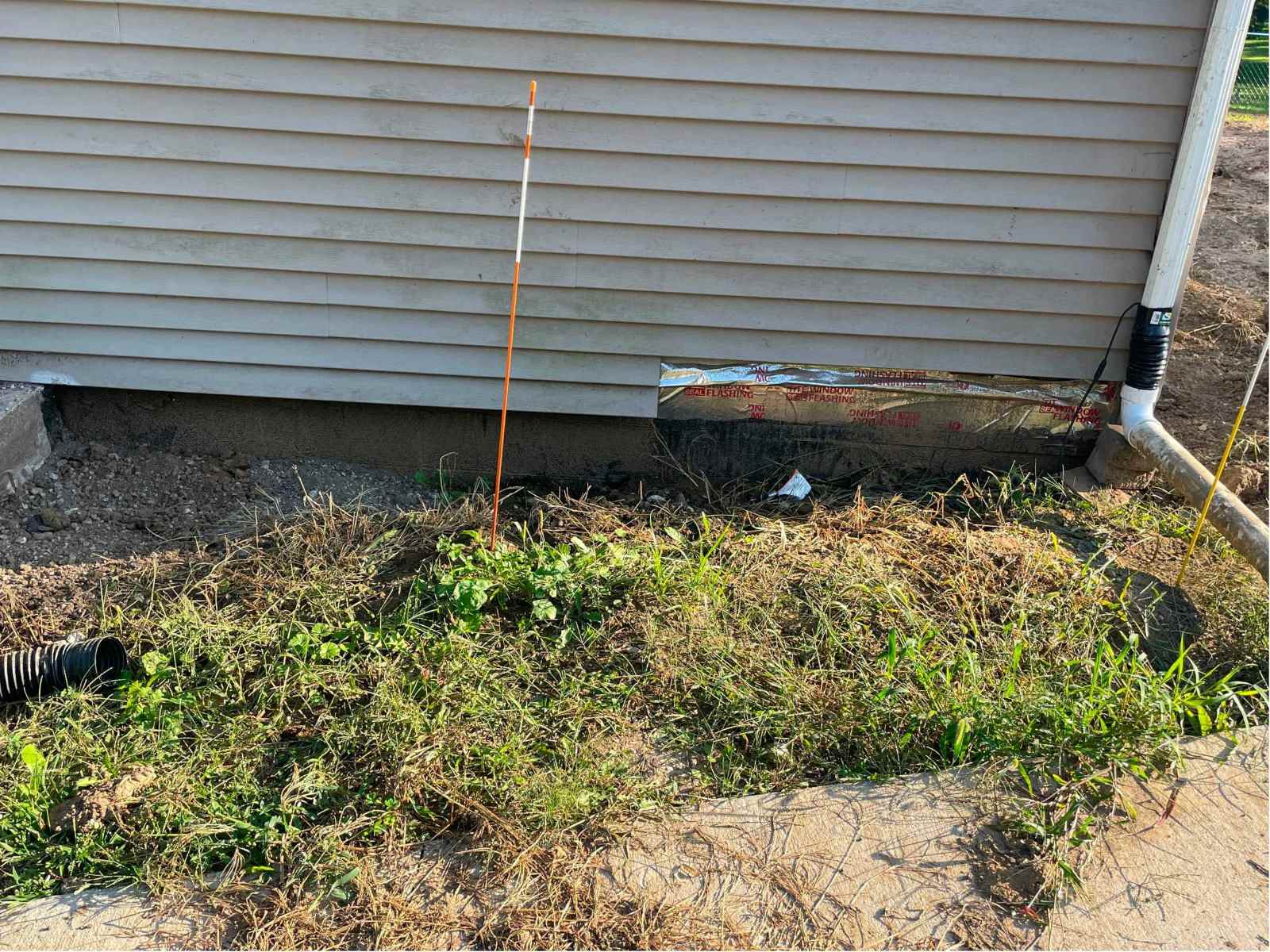
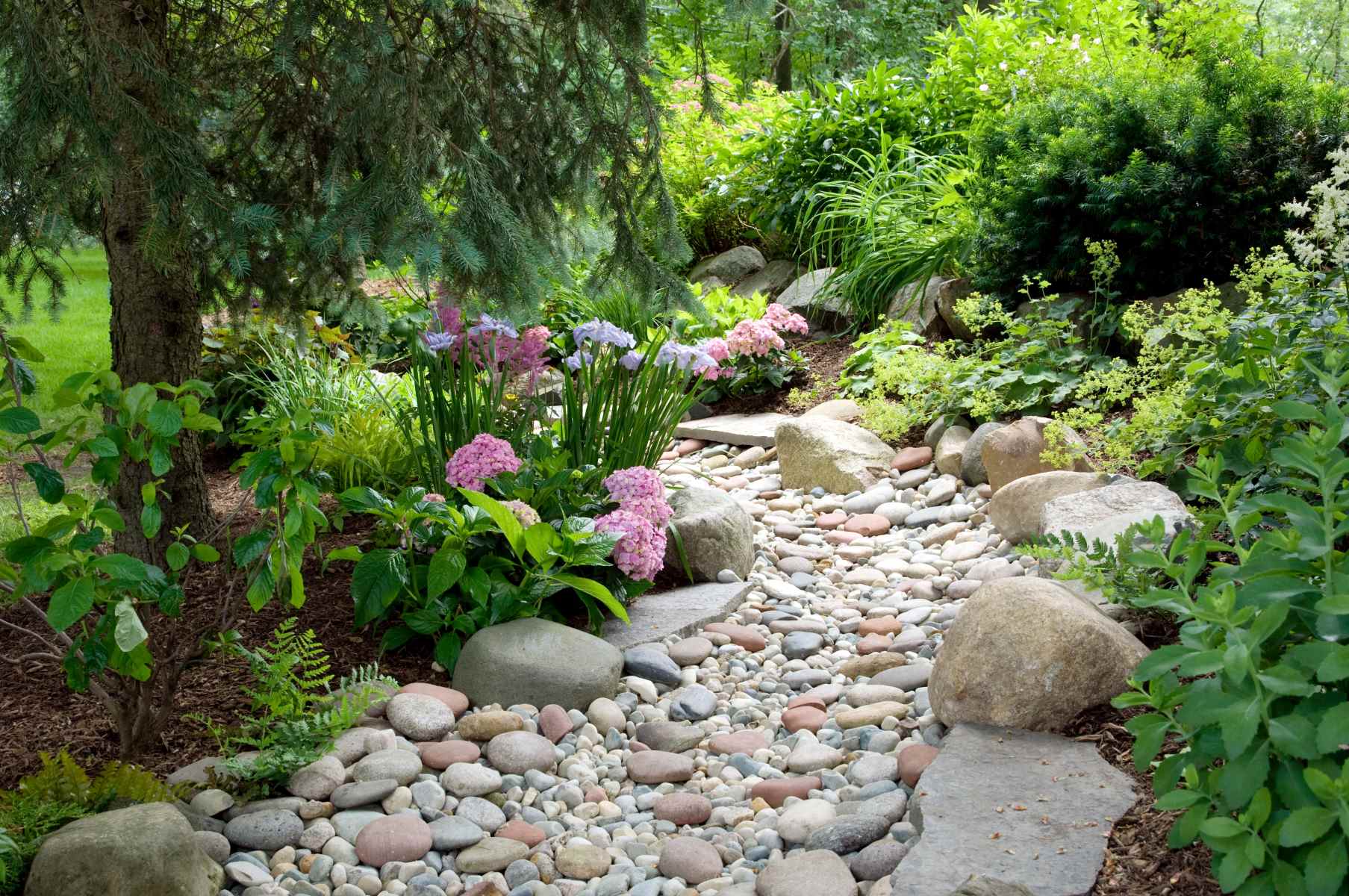
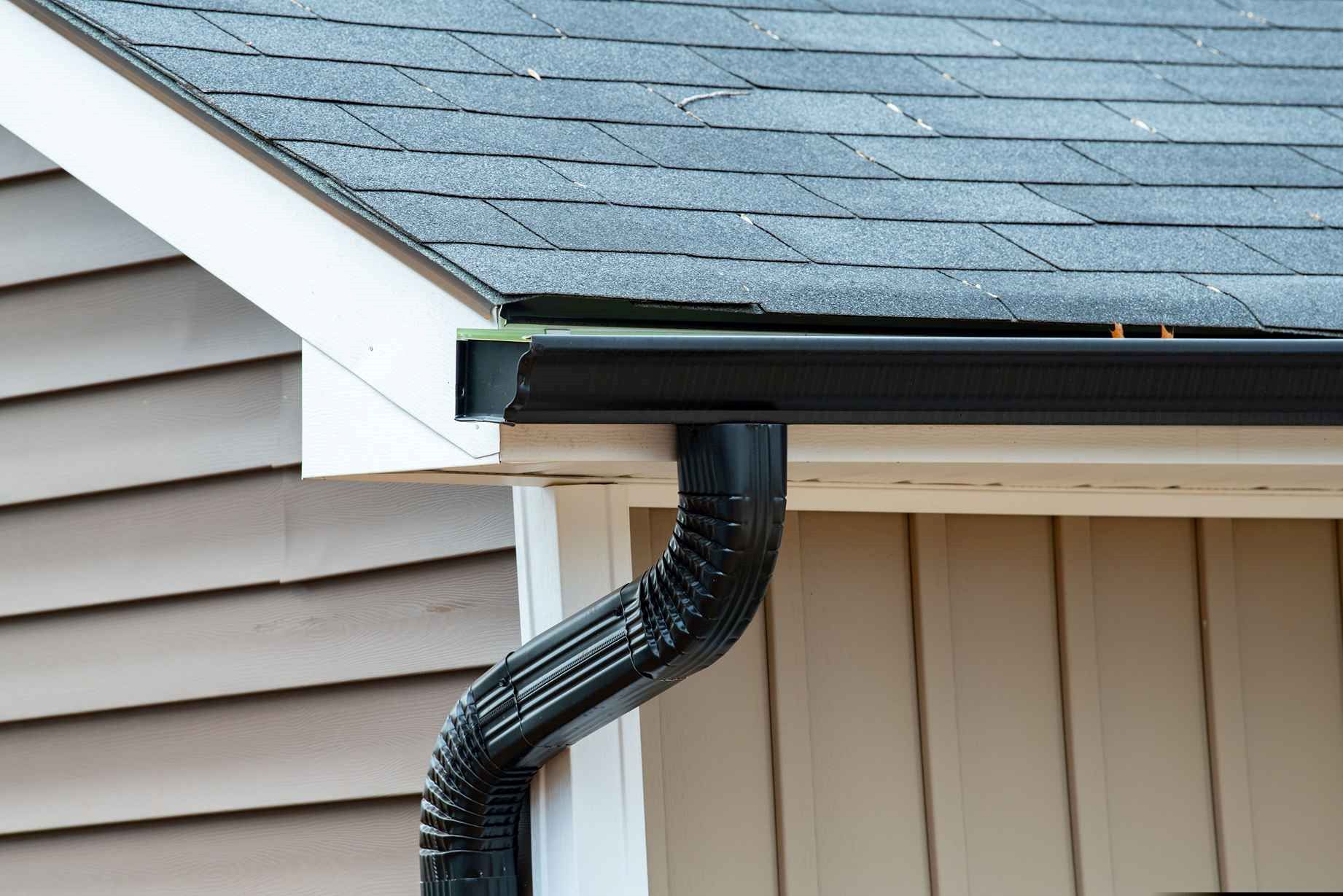
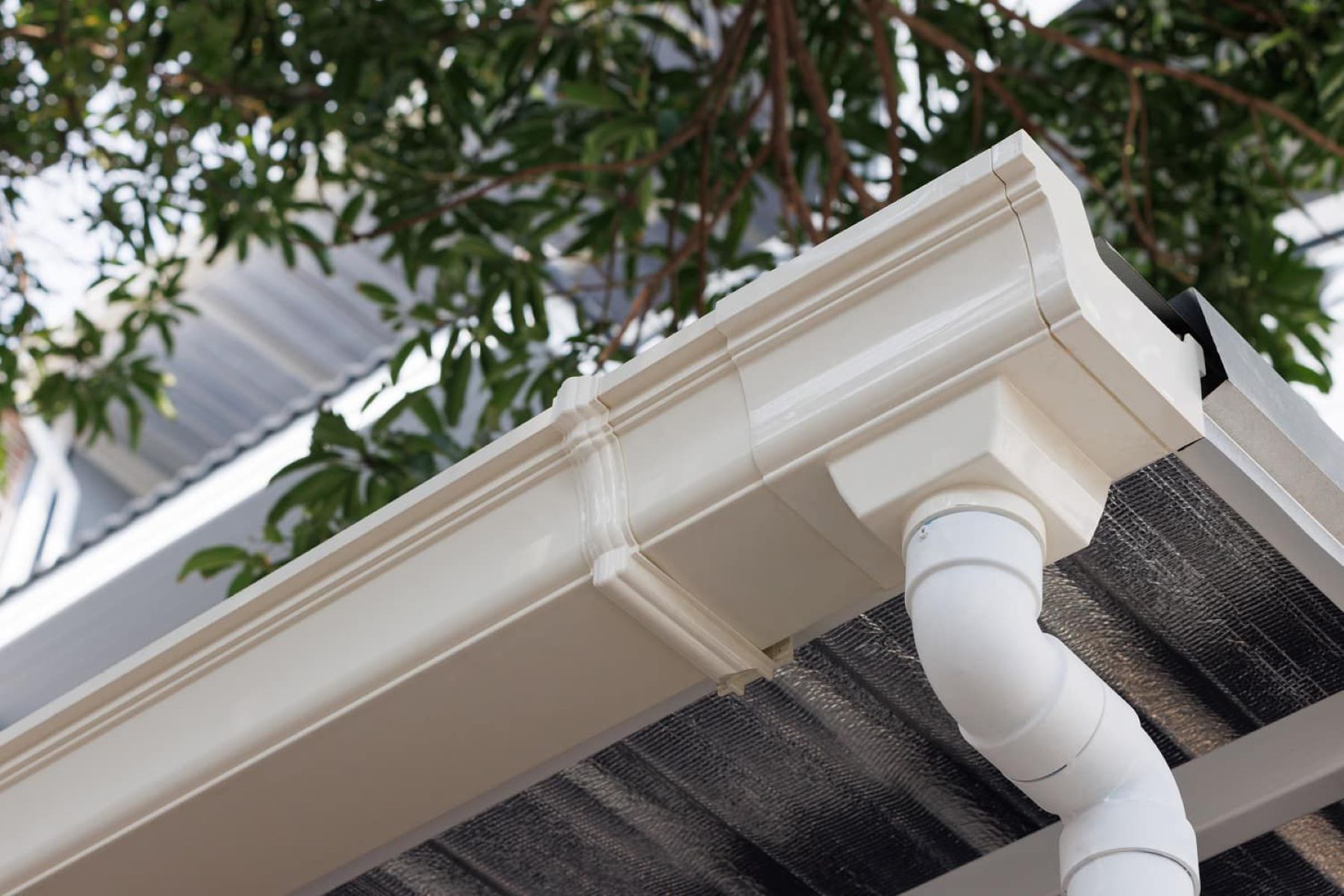
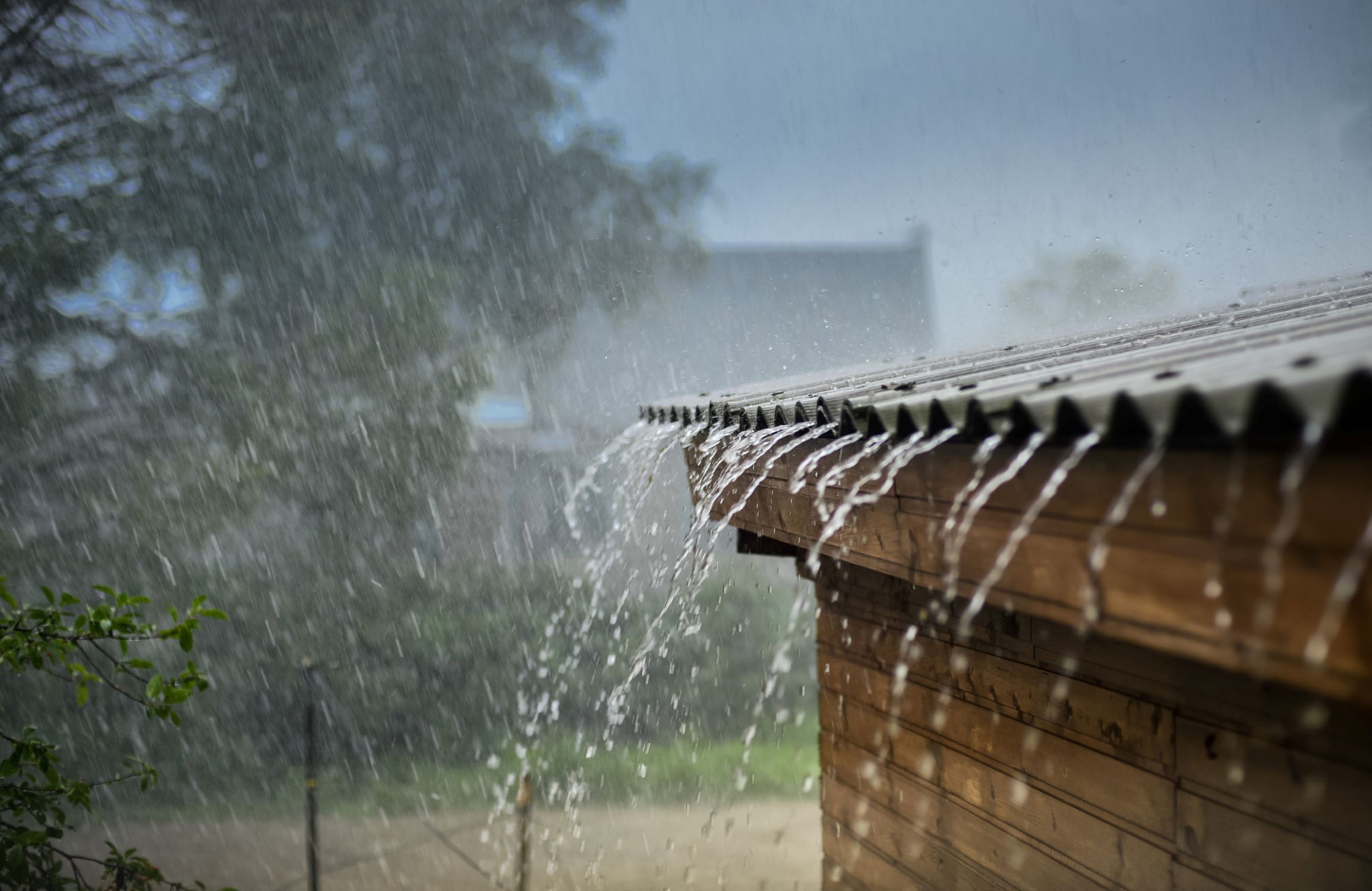
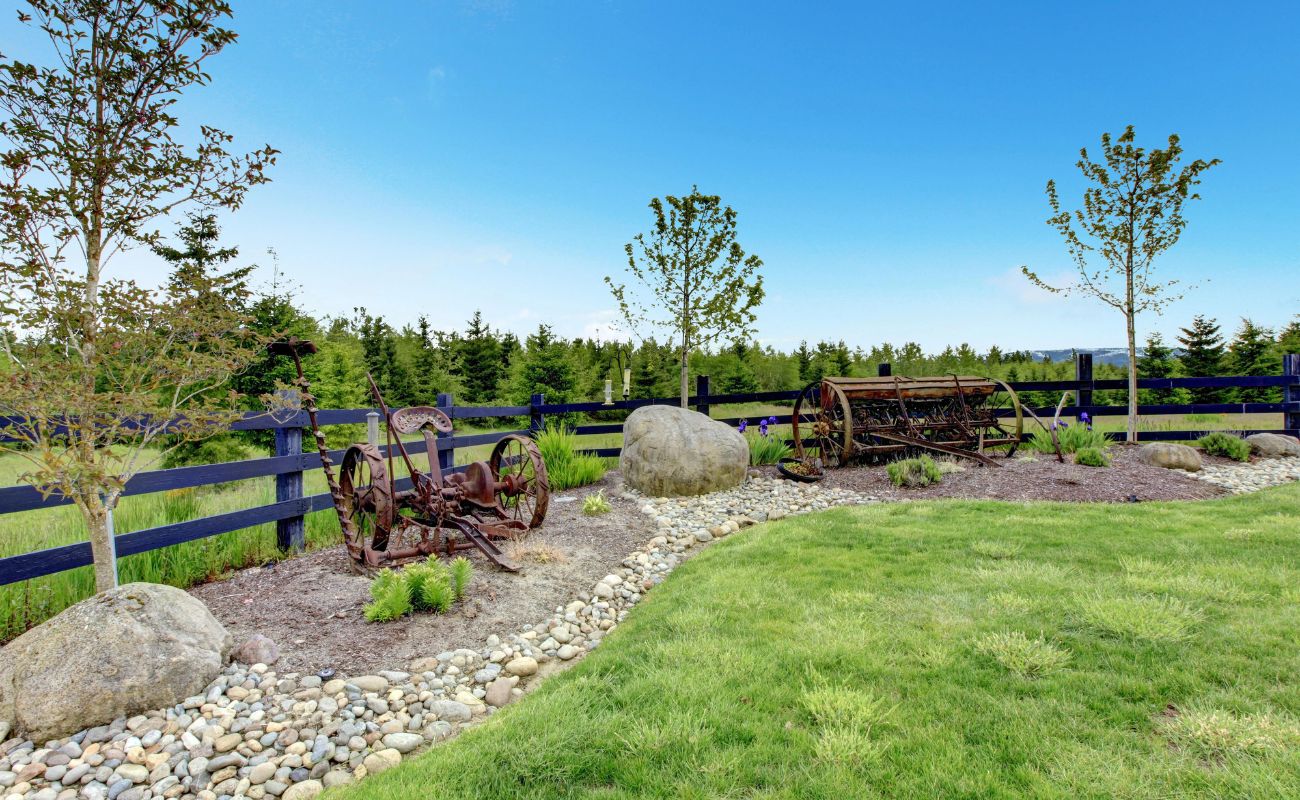
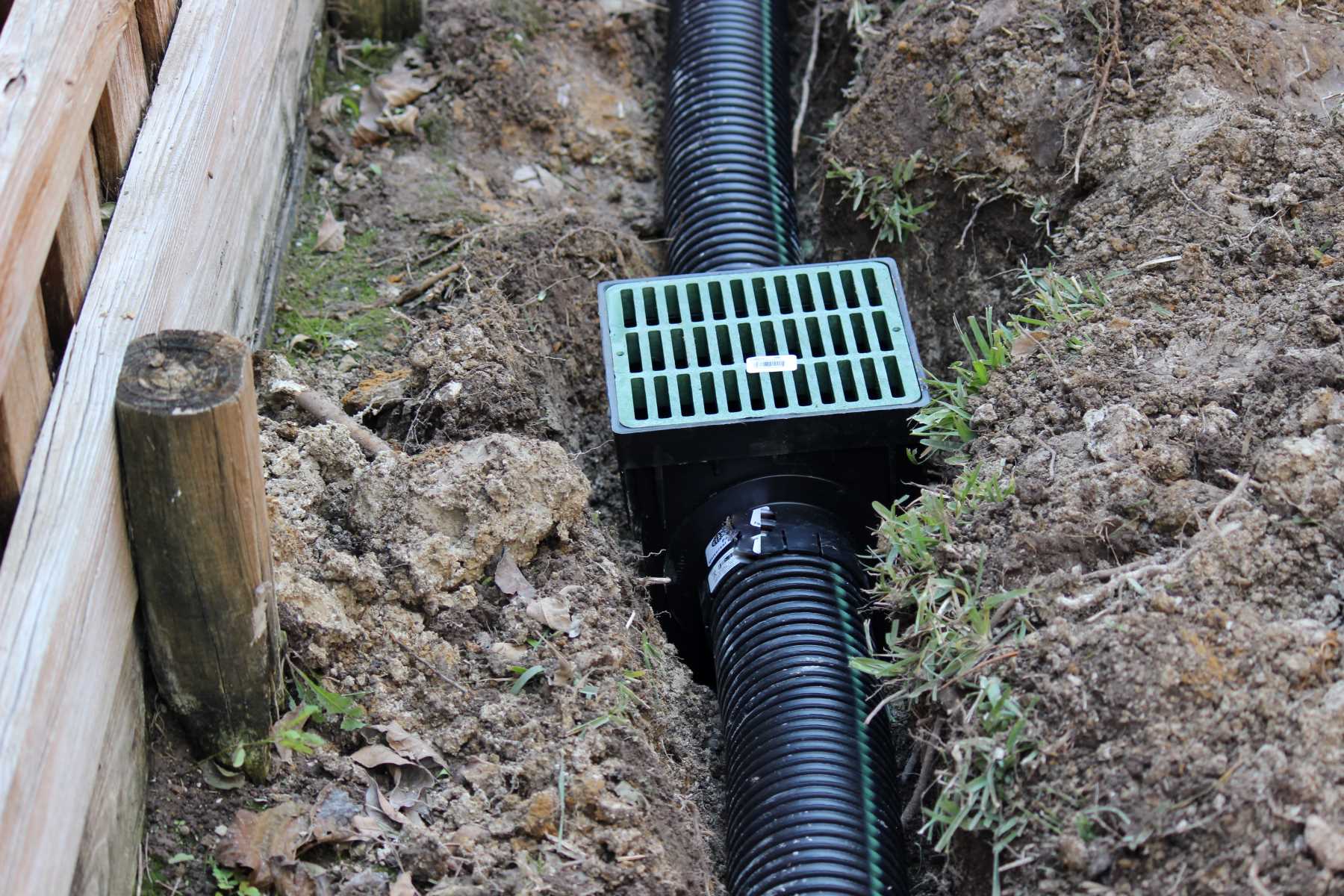

0 thoughts on “When Grading A Landscape Site Around A House, What Pattern Of Drainage Should Be Maintained”